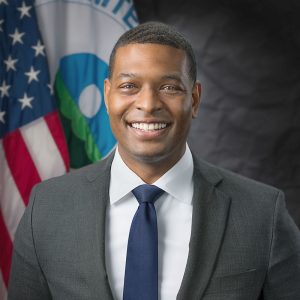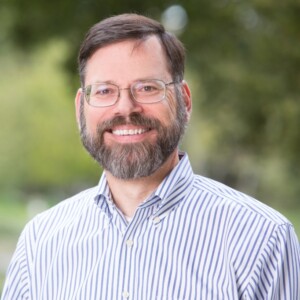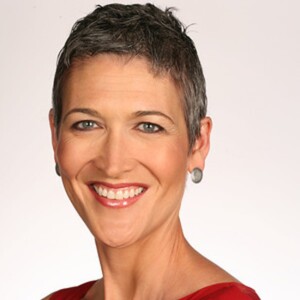By: Yoni Dobie-Geffen
We are in a paradoxical moment in education. The pandemic thrust the daily activity of the classroom onto the kitchen table and, as a result, at no point in recent memory have our education institutions and the communities they serve been more acutely aware of each other. This awareness has surfaced a greater understanding for the challenges both sides face but has also resulted in a ratcheting up of the intensity and division in the conversation of the “what”, “why”, “where”, and “how” of public education itself. While it’s possible that this moment could be harnessed to reimagine education, the unfortunate reality is that in most places this tension between the two sides is hampering or even halting meaningful collaborative efforts. This breakdown must be remedied because any effort seeking a needed and sustained transformation of the education system will only succeed through authentic partnership between education institutions and their students, families, and communities.
Authentic partnership is not as simple as it sounds. It is an integrated way of thinking and being that consists of three essential elements: 1) a set of beliefs about our interdependence and the unique value that each group can contribute to bring about a more just and prosperous future; 2) a collection of practices employed across situations and relationships, grounded in trust, deep listening, and mutual respect; and 3) structures and policies to ensure these beliefs and practices can persist and thrive beyond any one situation or individual.
Luckily, we have bright spots where authentic partnership is leading to this educational reimagining. Nationally, we can find examples of robust home-school communication, community-based pandemic learning communities, and new systems to connect students and families to food and internet. Here in Colorado, we see collaborative leadership structures in the Boulder Valley School District and Roaring Fork School District as well as thriving community schools in Aurora Public Schools’ ACTION Zone. We know this type of partnership has both immediate and long-term impacts. Teachers and families communicate more regularly and honestly, which means students are hearing aligned messages at home and school and interventions are coordinated. Students’ basic needs are met, which means they not only attend school but actually show up ready to learn. And school leaders and teachers experience the benefits of working towards a common goal with families. This increases the likelihood that staff will involve families in future decision-making, making for stronger ideas and approaches rooted in the needs and wants of communities. If we want to move beyond the status quo, we must learn from these schools and districts and intentionally build this capacity for authentic partnership in our educators as well as building and district leaders to provide them the opportunity to see and feel its benefits.
One such effort that I am fortunate to be a part of is the Family-Centered Learning Network (FCLN). In the fall of 2020, our team partnered with the Center for Innovation in Education (C!E) to launch a learning community of teams from rural and urban communities across Colorado to put into practice a new paradigm of collaboration between school leaders, staff, families and students in response to the challenges of learning in the time of COVID. The FCLN consisted of four school-based design teams with each team including school leaders, staff, families, and students as equal participants in the process. Family and student members of each design team were provided with a stipend to support their ongoing engagement in the process.
The overall goals of the FCLN were to help team members 1) build their understanding of one another’s needs and experiences, 2) deepen their trust in one another, 3) give them practice working together to understand a complex question, and 4) generate strategies that lay the groundwork for sustained collaboration in the future. Though teams were operating in completely different geographies and with distinct community needs, common systemic and tactical challenges emerged for staff and leadership across design teams, including:
- being overworked and overwhelmed as they tried to navigate returning to school in the fall,
- developing or strengthening ongoing, two-way communication with families, and
- receiving critical feedback from students and/or families while recognizing the underlying mindsets and emotions that inhibit them and fellow staff from validating and acting upon that feedback.
Had these challenges surfaced outside of the FCLN container, in perhaps an all-staff meeting or among colleagues in the staff lounge for example, you can easily imagine how they may have played out. But instead of going down the path of blaming others or feeling shame or the need to just do more, the school staff and leadership on these FCLN teams were met with empathy and humanity. Families and students gained new insight into the experience of their teachers and leaders navigating these situations, which in turn led to more collaborative ideas generated for these challenges. As a result, teams came up with simple but effective solutions for families to stay up to date on what their kids were learning in each class as well as a new policy to provide universal access to families for interpretation during school meetings. While none of these issues was immediately resolved, it became clear that the experience of working together to more deeply understand one another’s experiences laid the foundation for substantive and long term partnership and change.
The FCLN structure and others like it create the opportunity for all parties to learn and explore together, and in so doing, bring race, power dynamics, and historical ways of operating into the light so they can be reexamined to build a more equitable, authentic, and sustained partnership.
If you’re a classroom teacher or a school or district leader, I invite you to consider the following five questions:
- What would authentic partnership with students, families, and community look like in your sphere of influence?
- What are the beliefs (about yourself, about others, and your respective roles) that might currently limit meaningful collaboration?
- What systems/actions/strategies (grounded in trust, deep listening, and mutual respect) could you employ or build with your students, families, and communities that would move you closer to authentic partnership?
- What structures and policies would need to be in place for this collaboration to persist and thrive beyond you?
- What is the first, simple step that you can take at the start of this school year to communicate that vision of partnership and invite others to join you?
We cannot simply will or hope ourselves into a world in which all students are reading on grade level and every student and family feels respected and valued by their school community. But as we prepare and plan for the upcoming 2022-23 school year, we have the opportunity and the responsibility to invest in our educators and systems leaders to cultivate the mindsets, skills, structures, and policies for authentic partnership. The opportunity is in front of us – let’s move toward it together.
Yoni Dobie-Geffen is a senior policy director for the Keystone Policy Center. Prior to joining Keystone, he served as Executive Director of Climb Higher Colorado, Manager on the Family Empowerment Team in the Office of Family and Community Engagement at Denver Public Schools, where he oversaw the second-largest home visit program in the country and coached school leaders and staff around best practice family engagement approaches.







 Login
Login




